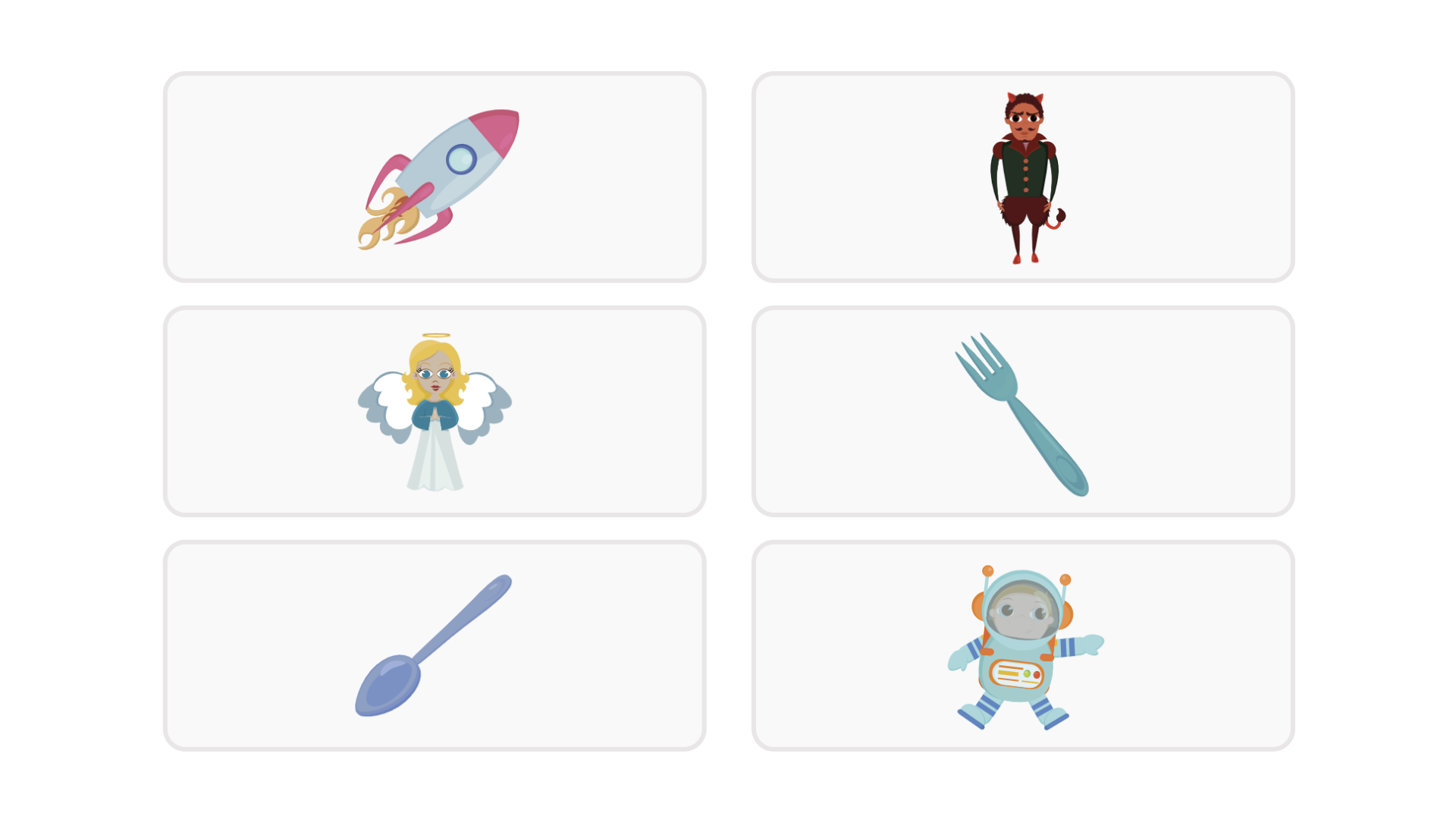Tips on how to use this exercise at home and at school.
Early math concepts
In this exercise, the child has to decide which of the pictures shown belong together. The pupil looks at the pictures, finds a criterion connecting them and makes pairs of them. The difficulty of the task lies in the fact that the connecting criterion is different each time.

Why is this exercise important?
The exercise focuses on promoting sorting according to the given criteria. It is important that the criteria are clearly defined and that the objects can also be explicitly classified. The child learns to think, analyse and structure their thoughts. By sorting, the child also learns conceptual precision, which is important in mathematics.
Who is this exercise suitable for?
Mainly for preschoolers, but it is also suitable for older children who need to develop their language skills.
Methodological recommendations
Either read aloud the instructions to the child, play them from the app or let the child read them by themselves.
The child looks at the objects and thinks about how to proceed and why. The connecting criteria are different for each pair, so the activity requires the child to be mentally alert to be able to think of a solution to the problem.
Herein lies the difficulty of the task. The child learns to argue and to refine concepts and ideas.
Pair-making is an important activity in early mathematical concepts. The idea of quantity in terms of "the same" and later "less" and "more" is formed. By matching elements from two different sets, we find out whether they are equal or unequal.
Tips for similar activities outside the application
Notice pairs in everyday life objects (the pot and the lid), animals (the horse and the foal), and fairy tale characters (Hansel and Gretel). Show 2 forks and 2 knives to create two sets of cutlery.